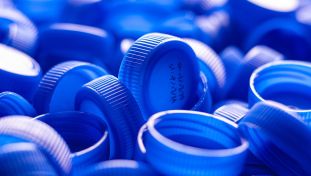ENVIRONMENT & CLIMATE
Healthy Diet Not Good For The Environment, Study Claims
Alarming Air Pollution Levels In China Recorded Last Month
Phytoplankton Bloom Puts Color In The Ocean
Endangered Philippine Monkey-Eating Eagle Hatches Chick In Captivity
Starfish Feared To Destroy The Great Barrier Reef
France's Take On Climate Change
UK Takes Serious Actions On Battling Climate Change
New Dinosaur Species Found In Australia
Emerald Ash Borers Invades New Jersey
India’s Stance On Climate Change Criticized
Canada Warming Twice Than Most Parts Of The World
Blue Green Algae: An Alternative Power Source
Long-Term Warming Trends Noted In The Past Five Years, World Meteorological Organization Reports
Over 50 Percent Of The World’s Primate Face Extinction
Most Popular

What Would Alien Life Forms Really Look Like? Understanding Extraterrestrial Biology and Life Beyond Earth

Earth Magnetic Field: The Invisible Shield Powering Earth's Space Radiation Protection

Mass Extinction Events in Earth History: What Past Die-Offs Reveal About Our Planet's Future

Covid-19 2026: New Covid Symptoms and Variant Signs Explained




